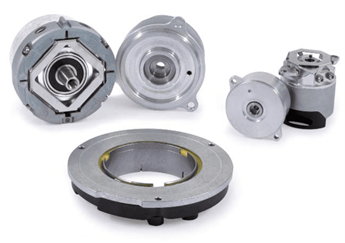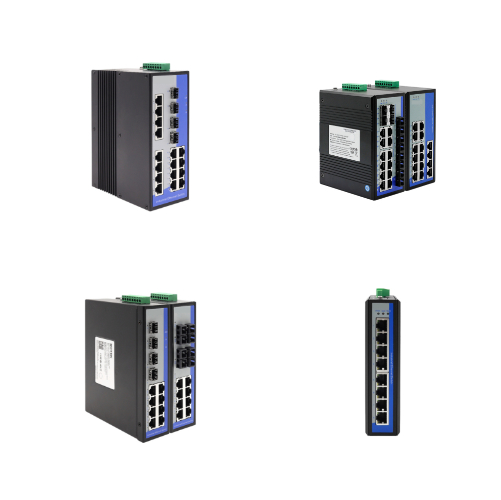How to select energy meter? Is it difficult for you? To help you choose the right energy meter, this article will introduce you how to select energy meter for your need. Whether you are choosing an energy meter for a home, commercial facility, or industrial environment, you need to assess your requirements, compatibility and connectivity at least.

1. Assess Your Requirements
1.1 Application Analysis
The first step is to clearly define the specific scenario and type of load where the energy meter will be used. Different application scenarios require different types of energy meters. For instance, residential users typically use single-phase energy meters, while industrial users may require three-phase energy meters to measure more complex power loads.
When evaluating the load, it is important to determine whether the energy meter will monitor the entire building, a specific distribution panel, or a particular piece of equipment. For example, a single-phase load, such as household lighting circuits, may only require one current transformer (CT), whereas a three-phase load, such as an industrial cooling system, would need three CTs for precise measurement.
1.2 Installation Requirements
The installation environment is another critical factor when selecting an energy meter. Electrical rooms often have limited space, especially in industrial settings, where the energy meter and its associated equipment, such as a NEMA 1 enclosure, may occupy considerable space. Ensure that you measure the available space before installation and choose an appropriately sized energy meter to avoid installation issues due to insufficient space.
1.3 Cost Considerations
Cost is one of the most important factors in the final decision. In addition to the cost of the energy meter itself, installation and maintenance expenses must also be considered. For large-scale projects or energy meters intended for long-term use, it is advisable to choose durable and high-precision products. While the initial cost may be higher, they offer better value over time due to their longevity and accuracy.
2. Consider Compatibility and Connectivity
2.1 Type of Current Transformers (CTs)
The type of current transformer (CT) used in conjunction with the energy meter is crucial for selecting the appropriate meter. Common CT types include split-core/solid-core CTs and Rogowski coils. Split-core/solid-core CTs are typically used for low-current applications (less than 200A) due to their simple structure and lower cost, making them suitable for residential and small commercial users. Rogowski coils, on the other hand, are designed for high-current applications and can handle currents up to 6000A. They are especially advantageous when installed in irregularly shaped cable bundles or busbars.

When choosing an energy meter, ensure it is compatible with the CT type you have selected. If the CT type is uncertain, it is recommended to choose an energy meter that supports multiple CT inputs, allowing for future upgrades or changes without needing to replace the meter.
2.2 Communication Protocol Selection

Modern energy meters are typically equipped with various communication features to transmit data to energy management systems or building automation systems. Common communication protocols include Pulse, BACnet, and Modbus. For simple single-phase applications, pulse output may be sufficient. However, for more complex applications, such as those in industrial or commercial environments where detailed energy consumption data is needed, choosing an energy meter that supports BACnet or Modbus protocols is more appropriate. These protocols provide more comprehensive data, enabling users to better understand and optimize energy usage.
2.3 Configuration Flexibility
Configuration flexibility is a frequently overlooked yet very important factor when selecting an energy meter. Some meters allow for on-site configuration, meaning adjustments can be made during installation, such as changing the CT type or communication protocol. Meters with this flexibility can reduce the risks associated with pre-configuration errors or changes in application environments, ensuring the meter operates correctly in various situations.
3. Research and Compare Options
3.1 Performance Parameter Comparison
When researching and selecting energy meters on the market, it’s essential to compare the technical parameters of different models in detail. These parameters include measurement accuracy, measurement range, supported current and voltage levels, data storage capacity, and display type (such as LCD or LED screens). High-precision energy meters, while more expensive, are indispensable for industrial and commercial applications with stringent requirements.
3.2 Reliability and Brand Reputation
The reliability of the brand and product is equally important when choosing an energy meter. Renowned brands typically offer higher quality products and better after-sales service. Before making a final decision, it is advisable to review customer feedback, the responsiveness of technical support, and warranty policies to ensure the selected energy meter can operate reliably over the long term.
3.3 Integration with Energy Management Systems
For users who need to integrate the energy meter into an existing energy management system, ensuring compatibility is crucial. Selecting an energy meter that supports the communication protocols and interfaces used by your current system will greatly reduce integration complexity and costs. Additionally, energy meters with remote monitoring capabilities can provide real-time energy consumption data, helping managers make quick and informed decisions.
4. Finalize and Install
After thorough research and comparison, select the energy meter that best meets your needs. Confirm that all the features and accessories of the meter align with your application requirements, especially regarding voltage levels, CT types, and communication protocols. Lastly, follow electrical codes and the manufacturer’s installation guidelines during installation. Ensure that the voltage leads are connected via appropriately sized circuit breakers to guarantee safety and reliability.
Once installation is complete, conduct the necessary testing and calibration to ensure the energy meter accurately records energy consumption. The total installation cost includes not only the purchase price of the meter but also labor costs, project compatibility, and the necessary auxiliary equipment, such as fuse leads and enclosures.
Conclusion
Selecting energy meter is a complex process that requires a comprehensive consideration of multiple factors. By thoroughly assessing application needs, compatibility, costs, installation environment, and other relevant aspects, you can find the energy meter that best meets your requirements, ensuring precise and efficient energy management. Continuous maintenance and monitoring throughout the lifecycle of the energy meter are also crucial to ensure system stability and data accuracy.






